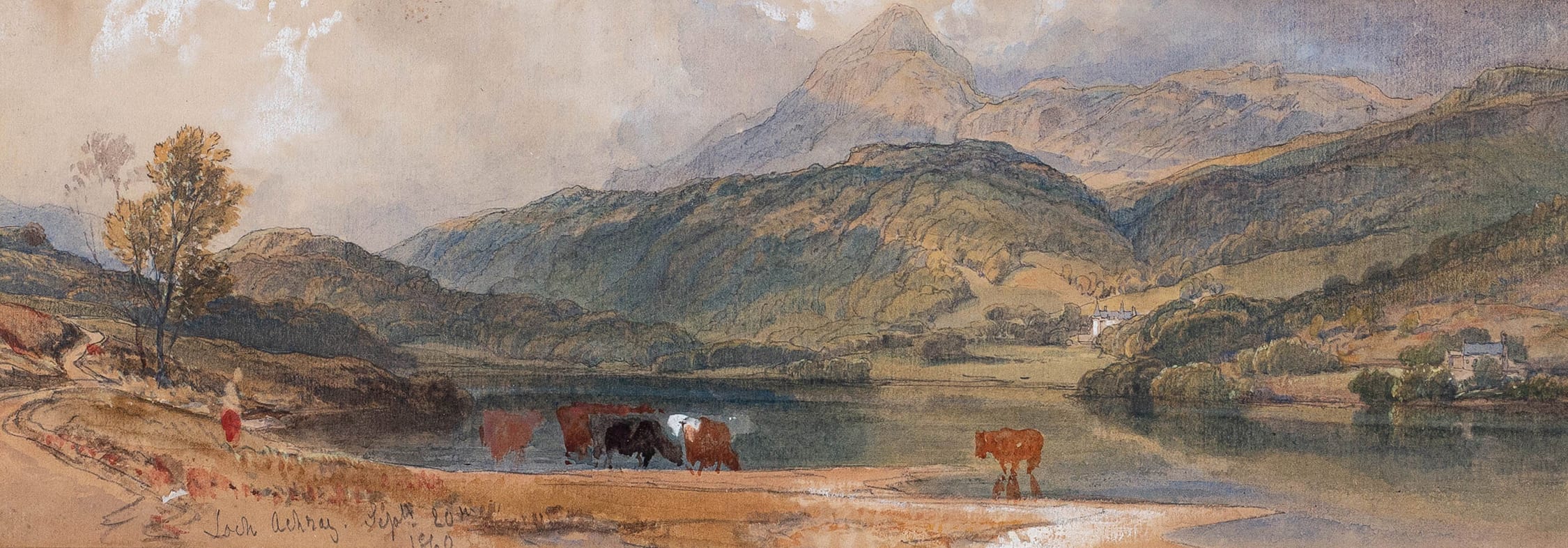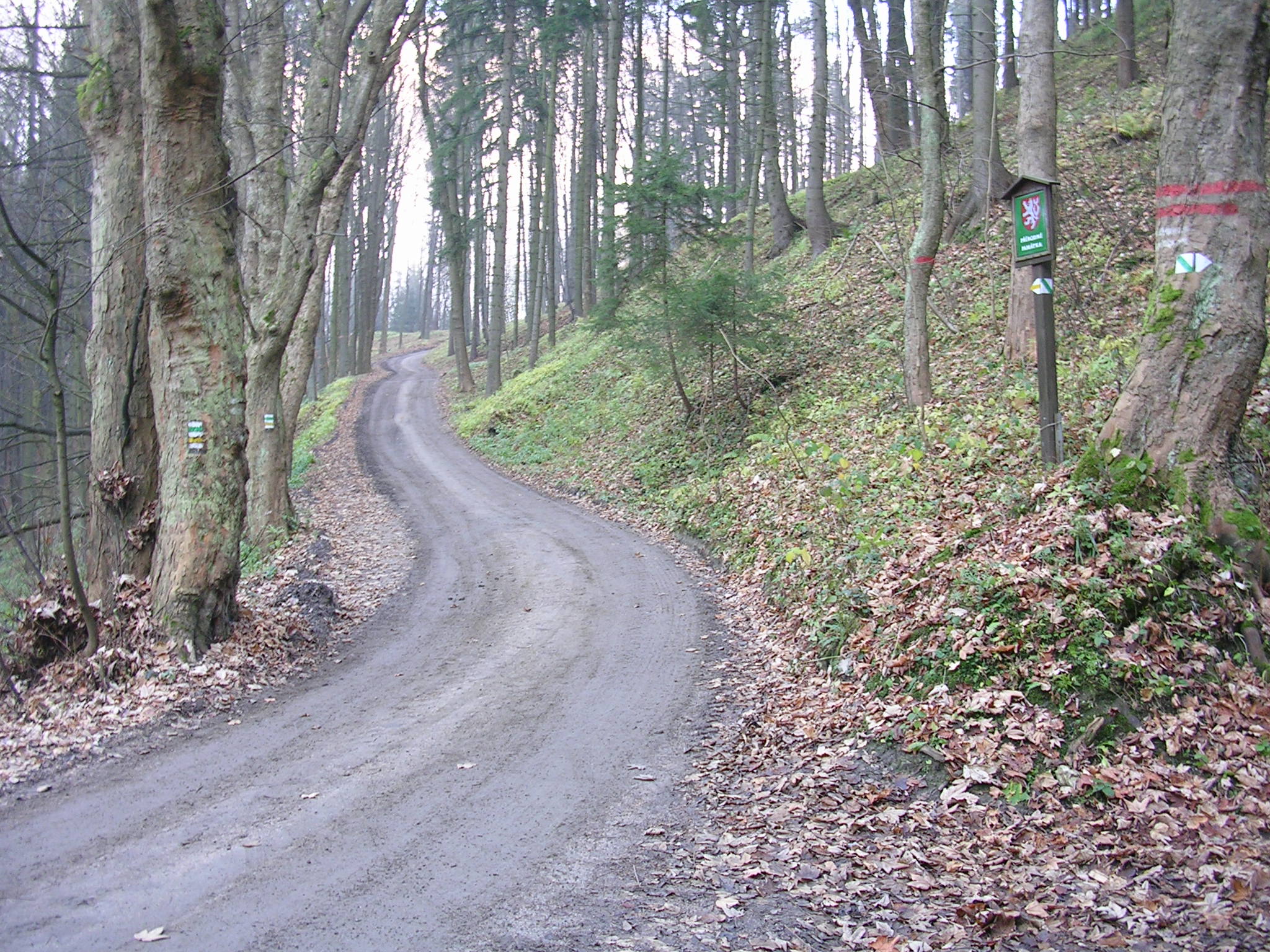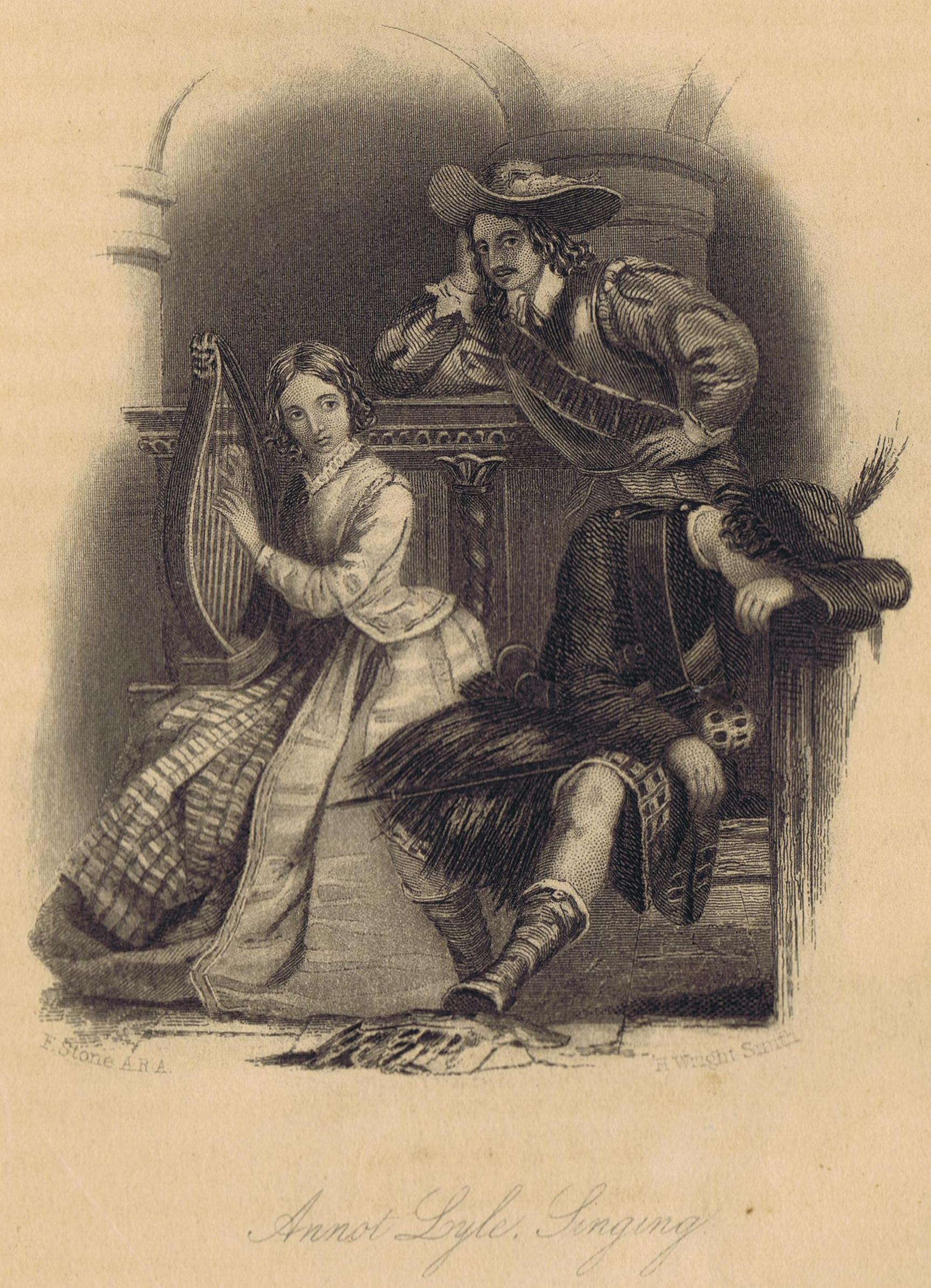|
Loch Achray
Loch Achray is a small freshwater loch west of Callander in Stirling district, Scotland. The loch lies between Loch Katrine and Loch Venachar in the heart of the Trossachs and has an average depth of . History Loch Achray was for a time the home of James "Beag" Stewart (c1410-1470) of Baldorran, the son of James Mor Stewart (known as "James the Fat"), who fled into exile in Ireland when his father Murdoch Stewart, Duke of Albany was executed for treason by James I of Scotland in 1425. James the Fat would never return to Scotland, and he was unable to inherit the Albany estates, but James "Beag" Stewart was able to secure a royal pardon and return to Scotland. He is the ancestor of the Stewarts of Ardvorlich on Lochearnside, whose family history is recounted by Sir Walter Scott in A Legend of Montrose. [...More Info...] [...Related Items...] OR: [Wikipedia] [Google] [Baidu] |
Ben Venue
Ben Venue (Scottish Gaelic: A' Bheinn Mheanbh) is a mountain in the Trossachs area of Scotland. The name Ben Venue is derived from the Scottish Gaelic words meaning "the miniature mountain". The summit lies approximately 2 kilometres south-west of the pier at the southern end of Loch Katrine. At the foot of the mountain close to the shore of Loch Katrine is ''Bealach nam Bò'' meaning the "pass of the cattle", a reference to the lawless days when Highland cattle "lifters" used the pass to drive stolen herds to their land. Ben Venue is a popular walk and can be accessed from either Ledard farm track at Loch Ard, via the Beinn an Fhogharaidh ridge, or from the car park at the head of Loch Achray: both routes are approximately 5 km in length. A sign in the forestry warns that the mountain should not be approached or descended directly to or from Loch Katrine, as the slopes on this side are very steep and littered with dangerous cliffs. Several indistinct paths do exist ... [...More Info...] [...Related Items...] OR: [Wikipedia] [Google] [Baidu] |
Loch Earn
Loch Earn (Scottish Gaelic, ''Loch Eire/Loch Éireann'') is a freshwater loch in the southern highlands of Scotland, in the districts of Perth and Kinross and Stirling. The name is thought to mean "Loch of Ireland", and it has been suggested that this might derive from the time when the Gaels were expanding their kingdom of Dál Riata eastwards into Pictland. Geography It is a long narrow loch, 10 miles (17 km) west of Crieff and is approximately 7 miles (10.5 km) long, ¾ miles (1.2 km) at its widest point (56.38N, 4.22W) and at its deepest point (approximately halfway along) about 285' (87 metres). Lochearnhead village is situated at the western end of the loch and St. Fillans village at the eastern end. From here, the River Earn flows eastwards from the loch, through Strathearn, and eventually joins the Firth of Tay some 50 miles (75 km) away. Lochearnhead is the centre for the water sports activities on the loch; water skiing, canoeing and sailing. Th ... [...More Info...] [...Related Items...] OR: [Wikipedia] [Google] [Baidu] |
Lochs Of Stirling (council Area)
''Loch'' () is the Scottish Gaelic, Scots and Irish word for a lake or sea inlet. It is cognate with the Manx lough, Cornish logh, and one of the Welsh words for lake, llwch. In English English and Hiberno-English, the anglicised spelling lough is commonly found in place names; in Lowland Scots and Scottish English, the spelling "loch" is always used. Many loughs are connected to stories of lake-bursts, signifying their mythical origin. Sea-inlet lochs are often called sea lochs or sea loughs. Some such bodies of water could also be called firths, fjords, estuaries, straits or bays. Background This name for a body of water is Insular CelticThe current form has currency in the following languages: Scottish Gaelic, Irish, Manx, and has been borrowed into Lowland Scots, Scottish English, Irish English and Standard English. in origin and is applied to most lakes in Scotland and to many sea inlets in the west and north of Scotland. The word comes from Proto-Indo- ... [...More Info...] [...Related Items...] OR: [Wikipedia] [Google] [Baidu] |
Freshwater Lochs Of Scotland
Fresh water or freshwater is any naturally occurring liquid or frozen water containing low concentrations of dissolved salts and other total dissolved solids. Although the term specifically excludes seawater and brackish water, it does include non- salty mineral-rich waters such as chalybeate springs. Fresh water may encompass frozen and meltwater in ice sheets, ice caps, glaciers, snowfields and icebergs, natural precipitations such as rainfall, snowfall, hail/ sleet and graupel, and surface runoffs that form inland bodies of water such as wetlands, ponds, lakes, rivers, streams, as well as groundwater contained in aquifers, subterranean rivers and lakes. Fresh water is the water resource that is of the most and immediate use to humans. Water is critical to the survival of all living organisms. Many organisms can thrive on salt water, but the great majority of higher plants and most insects, amphibians, reptiles, mammals and birds need fresh water to survive. Fresh water ... [...More Info...] [...Related Items...] OR: [Wikipedia] [Google] [Baidu] |
Stewart Of Balquhidder
Stewart of Balquhidder is a Perthshire branch of the Stewart clan and scions of the royal House of Stewart from an illegitimate branch. They are descended from Sir William Stewart of Baldorran (c.1440 – c.1500), who was the great grandson of Murdoch Stewart, Duke of Albany, executed by King James I of Scotland for treason in 1425. Murdoch Stewart was himself the grandson of King Robert II of Scotland, who founded the Stewart dynasty. The Stewarts of Balquhidder include the Stewarts of Ardvorlich, Glen Buckie, Gartnafuaran, and Annat. These families lived in the areas of Balquhidder, Callander, The Trossachs, Loch Earn and as far south as Stirling, from the 15th century to the present day. For the most part they were Tacksmen (Scottish Gaelic: Fear-Taic, meaning "supporting man"), land-holders of intermediate legal and social status in Scottish Highland society. Although there is no formal clan association, the titular Clan Chief (were one to exist) would be Alexander Do ... [...More Info...] [...Related Items...] OR: [Wikipedia] [Google] [Baidu] |
Brown Trout
The brown trout (''Salmo trutta'') is a European species of salmonid fish that has been widely introduced into suitable environments globally. It includes purely freshwater populations, referred to as the riverine ecotype, ''Salmo trutta'' morpha ''fario'', a lacustrine ecotype, ''S. trutta'' morpha ''lacustris'', also called the lake trout, and anadromous forms known as the sea trout, ''S. trutta'' morpha ''trutta''. The latter migrates to the oceans for much of its life and returns to fresh water only to spawn. Sea trout in Ireland and Britain have many regional names: sewin in Wales, finnock in Scotland, peal in the West Country, mort in North West England, and white trout in Ireland. The lacustrine morph of brown trout is most usually potamodromous, migrating from lakes into rivers or streams to spawn, although evidence indicates some stocks spawn on wind-swept shorelines of lakes. ''S. trutta'' morpha ''fario'' forms stream-resident populations, typically in alpine s ... [...More Info...] [...Related Items...] OR: [Wikipedia] [Google] [Baidu] |
Fishing
Fishing is the activity of trying to catch fish. Fish are often caught as wildlife from the natural environment, but may also be caught from stocked bodies of water such as ponds, canals, park wetlands and reservoirs. Fishing techniques include hand-gathering, spearing, netting, angling, shooting and trapping, as well as more destructive and often illegal techniques such as electrocution, blasting and poisoning. The term fishing broadly includes catching aquatic animals other than fish, such as crustaceans (shrimp/lobsters/crabs), shellfish, cephalopods (octopus/squid) and echinoderms (starfish/sea urchins). The term is not normally applied to harvesting fish raised in controlled cultivations (fish farming). Nor is it normally applied to hunting aquatic mammals, where terms like whaling and sealing are used instead. Fishing has been an important part of human culture since hunter-gatherer times, and is one of the few food production activities that have persisted from ... [...More Info...] [...Related Items...] OR: [Wikipedia] [Google] [Baidu] |
Forest Road
Forest tracks or forest roads are roads or tracks intended to carry motorised vehicles or horse-drawn wagons being used mainly or exclusively for forestry purposes, such as conservation or logging. Forest tracks may be open to ramblers or mountain bikers depending on local rules. Description Forest roads may be tarmacked, gravelled or metalled (using hard core) and often have restrictions on use. In many regions the establishment of forest roads is not only subject to approval under forest management law, but also conservation law. in Tyrol retrieved 28 June 2010 In and other especially important conservation areas, forest roads and tracks are generally si ... [...More Info...] [...Related Items...] OR: [Wikipedia] [Google] [Baidu] |
Woodland
A woodland () is, in the broad sense, land covered with trees, or in a narrow sense, synonymous with wood (or in the U.S., the ''plurale tantum'' woods), a low-density forest forming open habitats with plenty of sunlight and limited shade (see differences between British, American, and Australian English explained below). Woodlands may support an understory of shrubs and herbaceous plants including grasses. Woodland may form a transition to shrubland under drier conditions or during early stages of primary or secondary succession. Higher-density areas of trees with a largely closed canopy that provides extensive and nearly continuous shade are often referred to as forests. Extensive efforts by conservationist groups have been made to preserve woodlands from urbanization and agriculture. For example, the woodlands of Northwest Indiana have been preserved as part of the Indiana Dunes. Definitions United Kingdom ''Woodland'' is used in British woodland management to ... [...More Info...] [...Related Items...] OR: [Wikipedia] [Google] [Baidu] |
Loch Achray - William Leighton Leitch - Ref Leitch-K07746
''Loch'' () is the Scottish Gaelic, Scots and Irish word for a lake or sea inlet. It is cognate with the Manx lough, Cornish logh, and one of the Welsh words for lake, llwch. In English English and Hiberno-English, the anglicised spelling lough is commonly found in place names; in Lowland Scots and Scottish English, the spelling "loch" is always used. Many loughs are connected to stories of lake-bursts, signifying their mythical origin. Sea-inlet lochs are often called sea lochs or sea loughs. Some such bodies of water could also be called firths, fjords, estuaries, straits or bays. Background This name for a body of water is Insular CelticThe current form has currency in the following languages: Scottish Gaelic, Irish, Manx, and has been borrowed into Lowland Scots, Scottish English, Irish English and Standard English. in origin and is applied to most lakes in Scotland and to many sea inlets in the west and north of Scotland. The word comes from Proto-Indo-E ... [...More Info...] [...Related Items...] OR: [Wikipedia] [Google] [Baidu] |
A Legend Of Montrose
''A Legend of Montrose'' is an historical novel by Sir Walter Scott, set in Scotland in the 1640s during the Wars of the Three Kingdoms. It forms, along with ''The Bride of Lammermoor'', the 3rd series of Scott's '' Tales of My Landlord''. The two novels were published together in 1819. Composition ''A Legend of the Wars of Montrose'' was composed during May 1819, immediately after the completion of its companion novel ''The Bride of Lammermoor'' though it had been envisaged before the ''Bride'' was begun. Scott was still recovering from his serious illness of March 1819 and it is likely that the greater part of the new novel was dictated to John Ballantyne and William Laidlaw, though the manuscript for most of Chapters 3 to 6 is extant in his own hand. Editions The first edition of ''Tales of my Landlord (Third Series)'', consisting of ''The Bride of Lammermoor'' and ''A Legend of Montrose'' (the title reluctantly accepted by Scott), was published by Archibald Constable in ... [...More Info...] [...Related Items...] OR: [Wikipedia] [Google] [Baidu] |
Sir Walter Scott
Sir Walter Scott, 1st Baronet (15 August 1771 – 21 September 1832), was a Scottish novelist, poet, playwright and historian. Many of his works remain classics of European and Scottish literature, notably the novels '' Ivanhoe'', '' Rob Roy'', ''Waverley'', ''Old Mortality'', '' The Heart of Mid-Lothian'' and ''The Bride of Lammermoor'', and the narrative poems '' The Lady of the Lake'' and '' Marmion''. He had a major impact on European and American literature. As an advocate, judge and legal administrator by profession, he combined writing and editing with daily work as Clerk of Session and Sheriff-Depute of Selkirkshire. He was prominent in Edinburgh's Tory establishment, active in the Highland Society, long a president of the Royal Society of Edinburgh (1820–1832), and a vice president of the Society of Antiquaries of Scotland (1827–1829). His knowledge of history and literary facility equipped him to establish the historical novel genre as an exemplar of Europ ... [...More Info...] [...Related Items...] OR: [Wikipedia] [Google] [Baidu] |





Nov2007.jpg)

